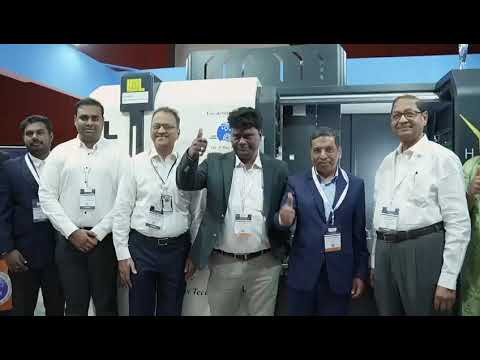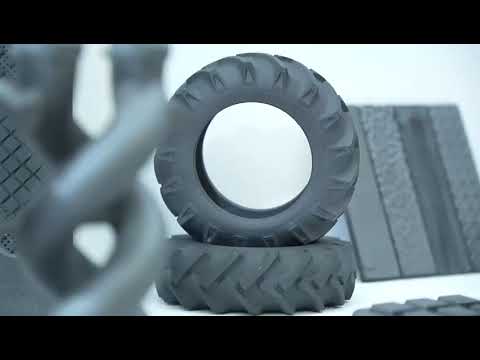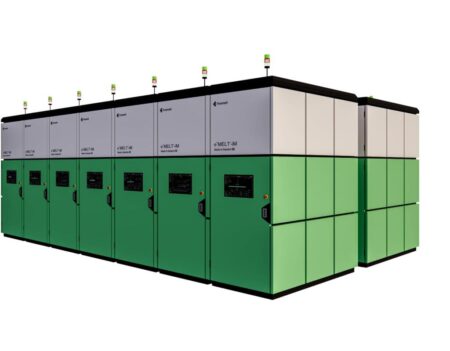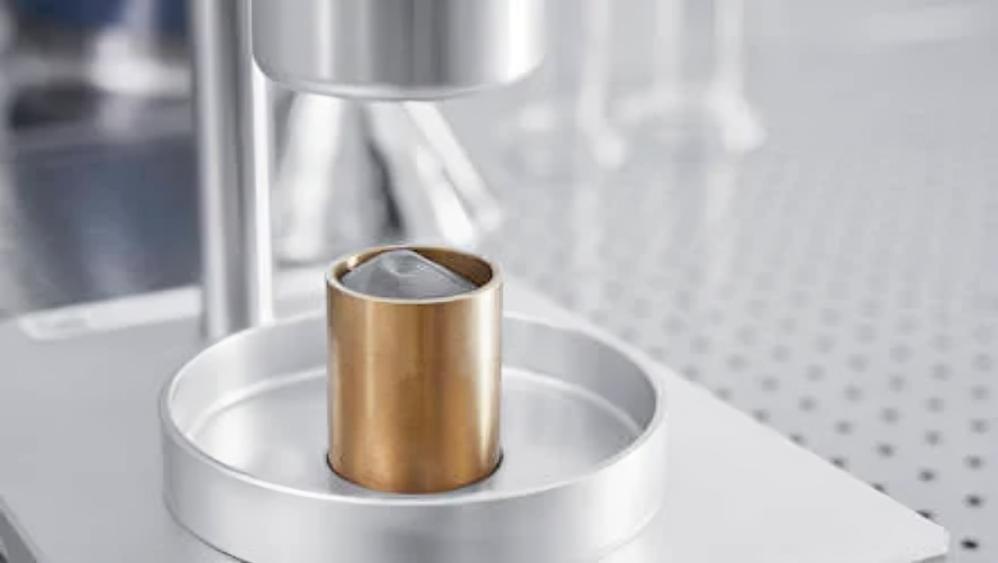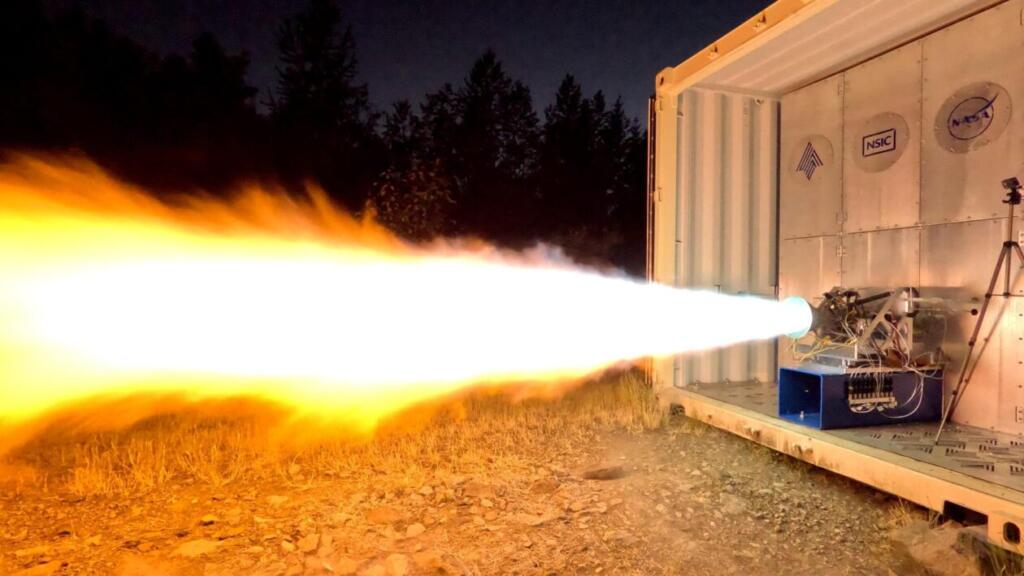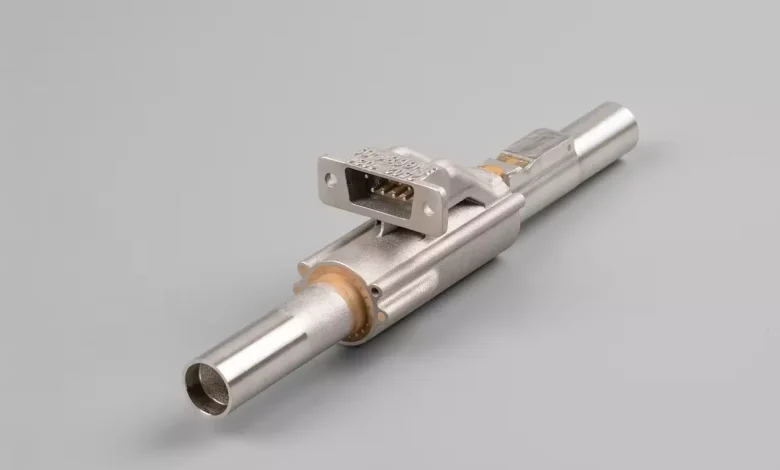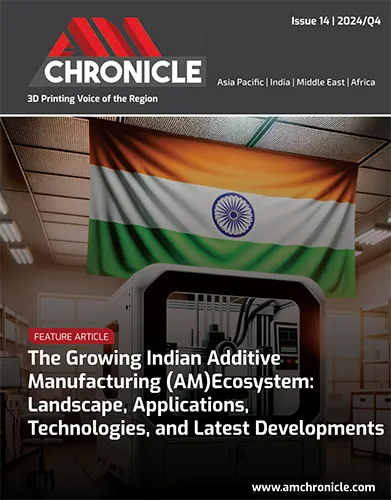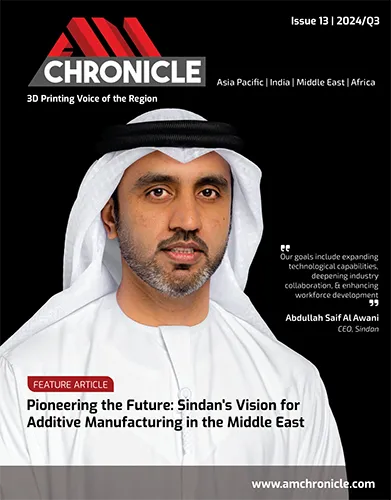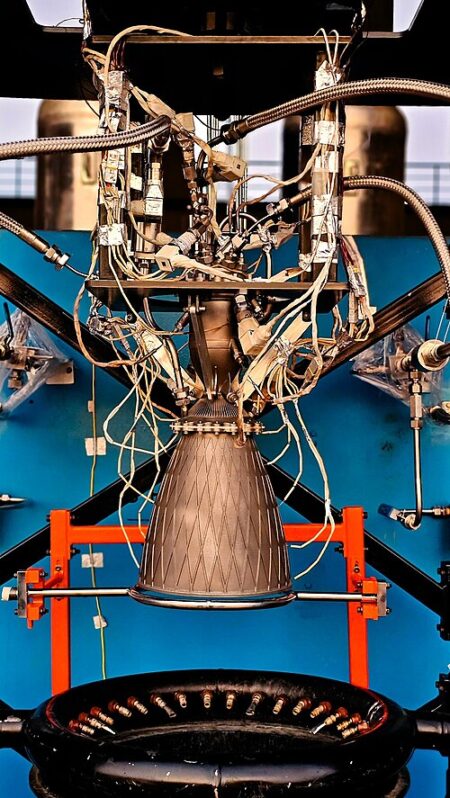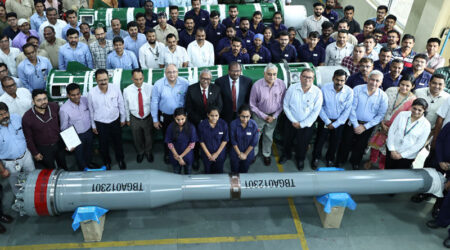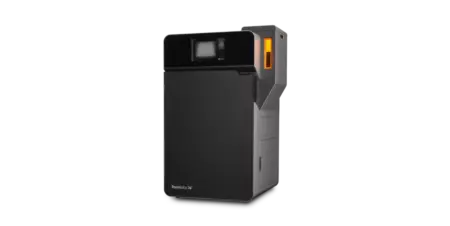Oerlikon Additive Manufacturing has achieved a major production milestone with the delivery of its 25,000th 3D-printed suppressor, manufactured using Oerlikon MetcoAdd™ nickel powder. Produced at Oerlikon’s state-of-the-art, 125,000-square-foot facility in Huntersville, North Carolina, USA, Oerlikon leverages modern laser powder bed fusion technology…
Nikon SLM Solutions and ArianeGroup have entered a strategic partnership to support the production, with exclusive initial machine delivery, of ultra-large-scale components over 1 cubic meter, using metal additive manufacturing via powder bed fusion. This collaboration marks a significant milestone…
AM MAGAZINE
Subscribe to Updates
Get the latest AM news & event updates
In a significant leap for India’s private space sector, Skyroot Aerospace has successfully tested its 3D-printed Raman 2 engine equipped with a vacuum nozzle, marking the final flight-qualified iteration of…
India’s pioneering metal additive manufacturing company, Intech Additive Solutions, has announced a major strategic partnership and equity investment agreement with South Korea’s leading machine tool manufacturer, DN Solutions, on March 27. A…
In a major development set to reshape the Indian aerospace and space landscape, Godrej Aerospace, a business unit of Godrej & Boyce, has signed a Memorandum of Understanding (MoU) with EOS, the global…
